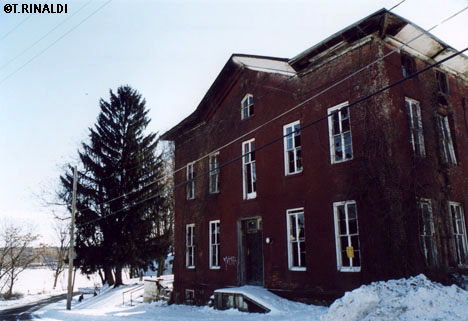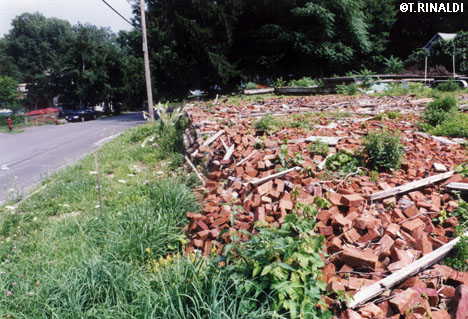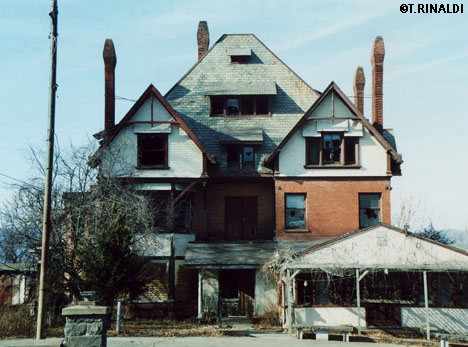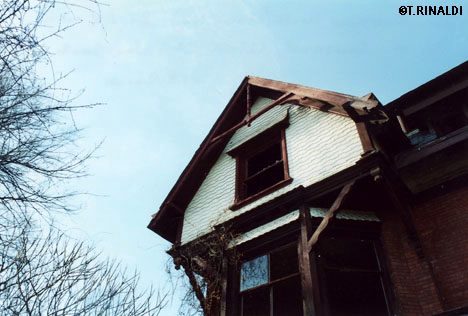S A U G E R T I E S ONE-HUNDRED MILES above New York, the Hudson passes the old village of Saugerties. The town developed around the falls of the Esopus Creek, which joins the Hudson here after its long journey down from the Catskill Mountains. European settlers arrived by the 1650s. In the nineteenth century a number of large paper mills set up shop by the falls, while the harbor created where the creek meets the river made Saugerties an important port for packet sloops and steamers. TO MY MIND, Saugerties has about as much appeal as any town I know along the Hudson, or for that matter just about anywhere. Its attractive streets wind their way down the hilly topography by the falls toward the river, lined around every turn by attractive nineteenth century commercial buildings whose storefronts are occupied by restaurants and bars and shops. Native sons include comedian Jimmy Fallon and Congressman Maurice Hinchey. BUT MAYBE what I like most about Saugerties is that it's not all spit and polish. Particularly after the paper mills closed by the 1970s, Saugerties, like so many other river towns, began to show its age. Today the village center is vibrant and healthy, but is without the air of pretentiousness one sometimes feels in certain towns (which shall remain nameless!) across the river. SAUGERTIES seems to have taken better care of its buildings than most towns, and these days there aren't many ruins to be found here. Though some of the paper mills have been lost, one has been adapted for residential use. The old Saugerties lighthouse meanwhile was restored as an inn after decades of abandonment and is now among the town's best-known landmarks. ONE INTERESTING RUIN I photographed a few years back was the former South Side Hotel, which stood on East Bridge Street near the old steamboat wharf. Built probably in the 1850s, this belonged to a class of what I call the Hudson River "landing hotels," which typically sprang-up near the docks in each of the river towns to serve travelers coming and going by boat. A great relic of the Hudson River's maritime history, it could have cleaned up beautifully. Unfortunately it was demolished instead, sometime around 2002. Similar hotels survive in Garrison, New Hamburg, Rondout, Catskill and Rhinecliff (the latter is more or less a copy of the original). HOPEFULLY a better outcome lies in store for the old Clovelea mansion, which stands up the © T.E. Rinaldi, 2006
|



